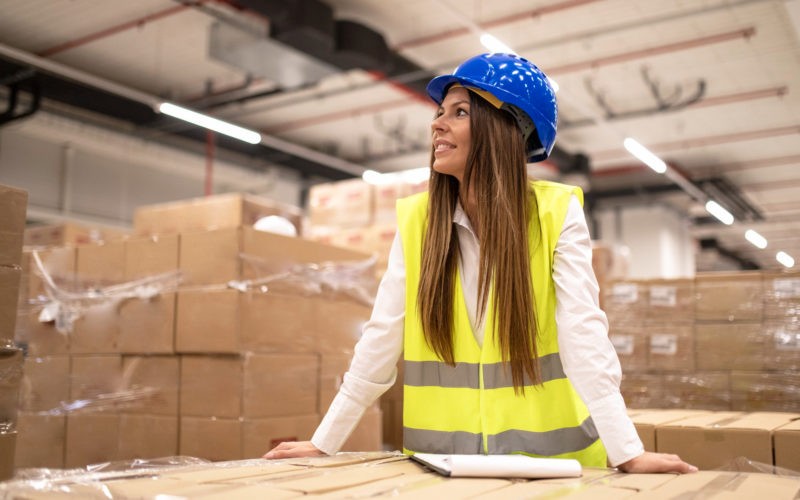Warehouse safety has come leaps and bounds in recent years. That being said, even with increasingly strict regulations to enforce worker protections, backed up by a range of automation processes, warehouses are still one of the most dangerous environments to work in. Thankfully, there are clear, effective steps you can take to significantly increase safety — let’s take a look at how you should start that process.
Risk assessments
It’s important to hammer home just how important risk assessments are when it comes to increasing safety, in all work environments. Not only can they be an effective tool to mitigate risks, but they can also help businesses save money in the process.
Based on the precise risks your employees are likely going to face, you can target those specific risks with strategic investments in the right technologies and solutions, as opposed to just buying a new system or hiring a risk advisor and hoping for the best. A win-win scenario!
Automated loading systems
One of the main risks in warehouse environments is posed by the moving of heavy items. Ultimately, that’s one of the core processes in pretty much all warehouse environments – moving stock around, transferring it through the different stages of the logistics process.
The traditional use of manual labour in these processes is highly inefficient, and is likely to result in both long-term, overuse injuries, and tragic accidents. Automated loading systems from providers such as Joloda Hydraroll can dramatically increase both overall operational efficiency, and decrease the risk of injuries occurring in the workplace. As a result, you’ll likely be able to hire a far fewer number of employees to run the warehouse, likely leading to a surprisingly quick ROI.
Focus on training
In most situations, it’s impossible to simply eliminate risk through the use of technology. People still need to know how to use the systems you implement in a safe manner, and that takes extensive training.
The exact training you provide will differ depending on both the risks that have come up in your risk assessments, and the solutions you decide to implement to mitigate those risks. You need to ensure that your training remains adaptive in the face of change; constantly update your risk assessments, to ensure that nothing slips through the gaps without you knowing.
Regular maintenance
Finally, even the most advanced loading solutions require regular maintenance. Many of the machines in warehouse environments see near constant use, and to keep them running safely, they need to be looked after. Make sure that you check the manufacturer recommendations on service intervals, and meet or even exceed those recommendations. It may seem like a waste, but you’ll almost always end up saving money in the long run.
Warehouse safety should be of paramount concern. It can be a fast-paced, high-risk environment, and you need to ensure that you’re taking every measure available to you to keep your employees safe. By following the advice outlined above, you should be able to get off to a flying start on this ongoing process.












